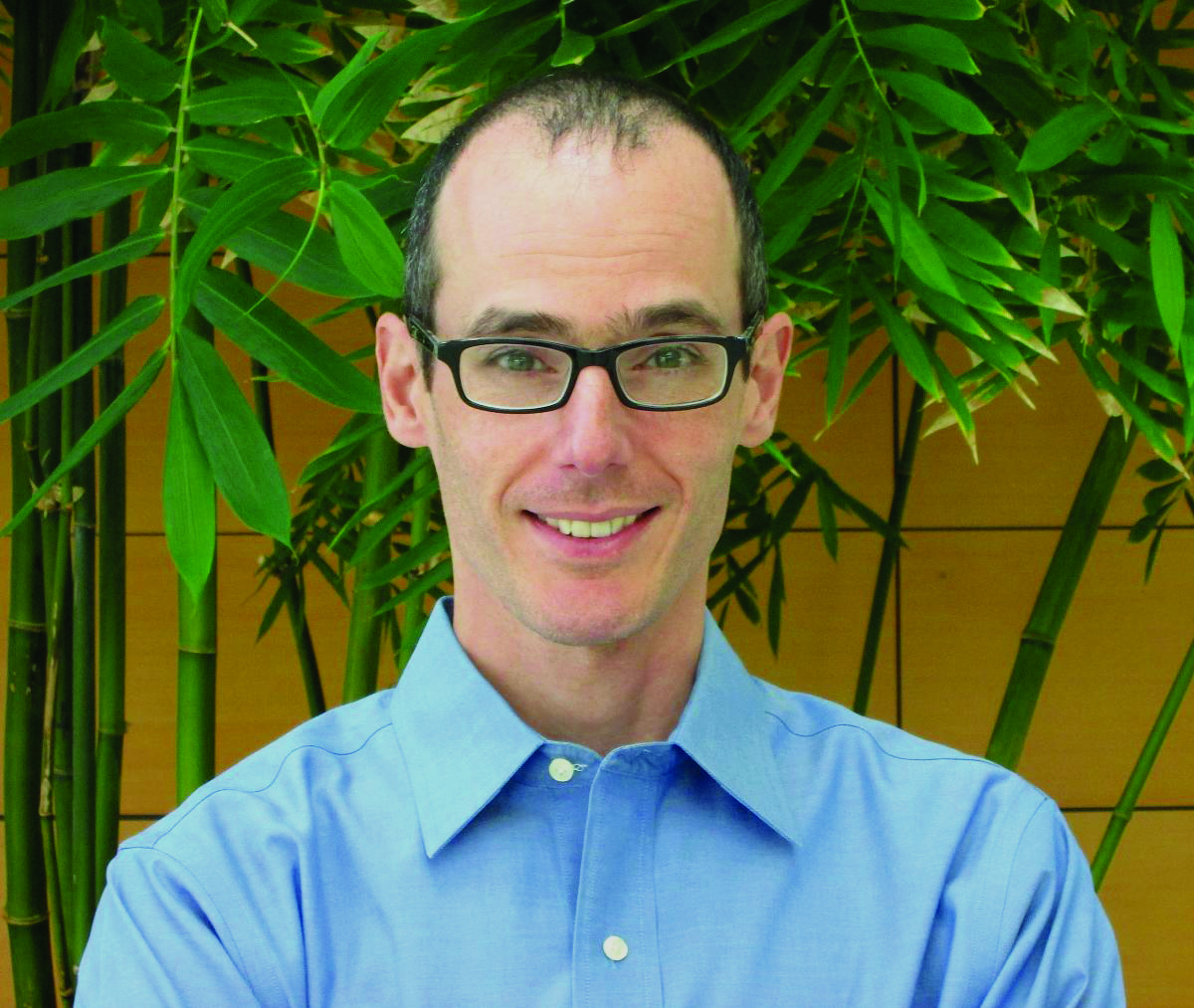A publication by Dr. Barmada and his team is “Editor’s pick” of the Journal of Biological Chemistry
 Sami Barmada, M.D., Ph.D., Department of Neurology and member of the Center for RNA Biomedicine, with Nathaniel Safren, Ph.D., from Northwestern University, and other UM colleagues, was awarded “Editor’s pick” by the Journal of Biological Chemistry (JBC). This recognition signals “a top-rated paper published in JBC across the field of biological chemistry, as determined by JBC’s Associate Editors, Editorial Board Members and other referees.”
Sami Barmada, M.D., Ph.D., Department of Neurology and member of the Center for RNA Biomedicine, with Nathaniel Safren, Ph.D., from Northwestern University, and other UM colleagues, was awarded “Editor’s pick” by the Journal of Biological Chemistry (JBC). This recognition signals “a top-rated paper published in JBC across the field of biological chemistry, as determined by JBC’s Associate Editors, Editorial Board Members and other referees.”
In this article, Barmada and his team are interested in autophagy activity, a pathway responsible for mediating the breakdown of cellular proteins and organelles. Autophagy can be compared to a cellular cleaning service, and its dysfunction is associated with many diseases including cancers and neurodegenerative diseases.
Although autophagy plays an important role in cellular biology, to this day, methods to accurately measure its activity are limited and somewhat unreliable. The Barmada team developed a novel biochemical technique that uses protein fluorescent tags inserted into the genome via CRISPR Cas9. This method enables accurate and sensitive assessments of autophagy in living cells by optical pulse labeling, a noninvasive approach that can be used in living cells
“Autophagy has received a great deal of attention because of its therapeutic implications for neurodegenerative and other age-related conditions,” says lead author Dr. Barmada. “Even so, our ability to accurately track autophagy activity or flux has been severely limited by the available tools. Here, we leveraged CRISPR/Cas9 to label an autophagy-related protein in human cells, allowing us for the first time to actually see autophagy in action, and measure flux in a quantitative and reliable fashion.”
With this reliable assay, the team has tested 30,000 drug compounds from four chemical libraries to measure their modulator effect on autophagy. The team also studied the therapeutic potential of autophagy induction in several distinct neuronal models of amyotrophic lateral sclerosis (ALS) and frontotemporal dementia (FTD). The scientists found that the induction of autophagy has opposite effects for different ALS/FTD subtypes.
This novel assay opens the door to testing the effect of many more drugs that either inhibit or stimulate autophagy. This technique can also be adapted to study RNA methylation in ALS and FTD.
“Importantly, the approach used here can be applied to any protein of interest, whether it is a marker of a critical pathway such as autophagy, or itself linked with the development of a disease,” notes Dr. Barmada. “Moreover, in combination with human induced pluripotent stem cells, this technique enables the study of both protein synthesis and degradation not just in immortalized cells, but in specific cell types affected by myriad diseases.”
Sami Barmada, M.D., Ph.D., is Angela Dobson Welch and Lyndon Welch Research Professor of Neurology, Department of Neurology, at the University of Michigan Medical School.
Nathaniel Safren, Ph.D., is Research Assistant Professor of Neurology at Northwestern University, and previously a research scientist at U-M.
Paper cited:
“Development of a specific live-cell assay for native autophagic flux,” Nathaniel Safren, Elizabeth M. Tank, Ahmed M. Malik, Jason P. Chua, Nicholas Santoro, Sami J. Barmada, Journal of Biological Chemistry, Volume 297, Issue 3, 101003, September 2021, DOI: https://doi.org/10.1016/j.jbc.2021.101003
